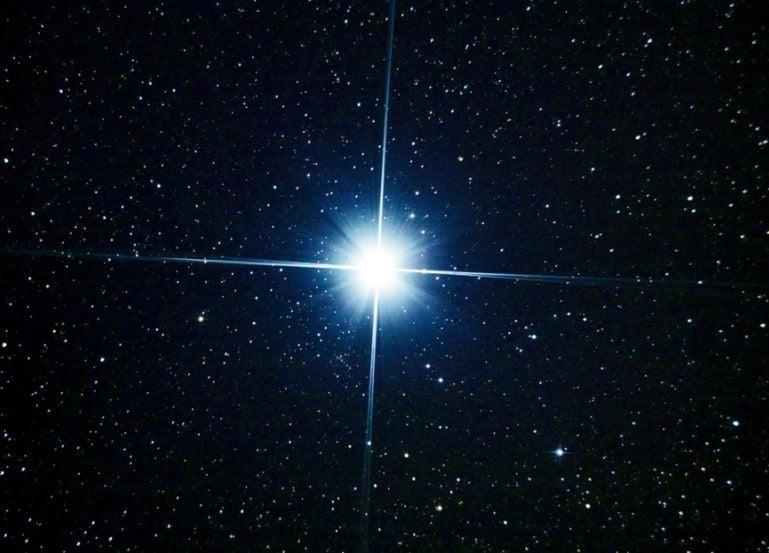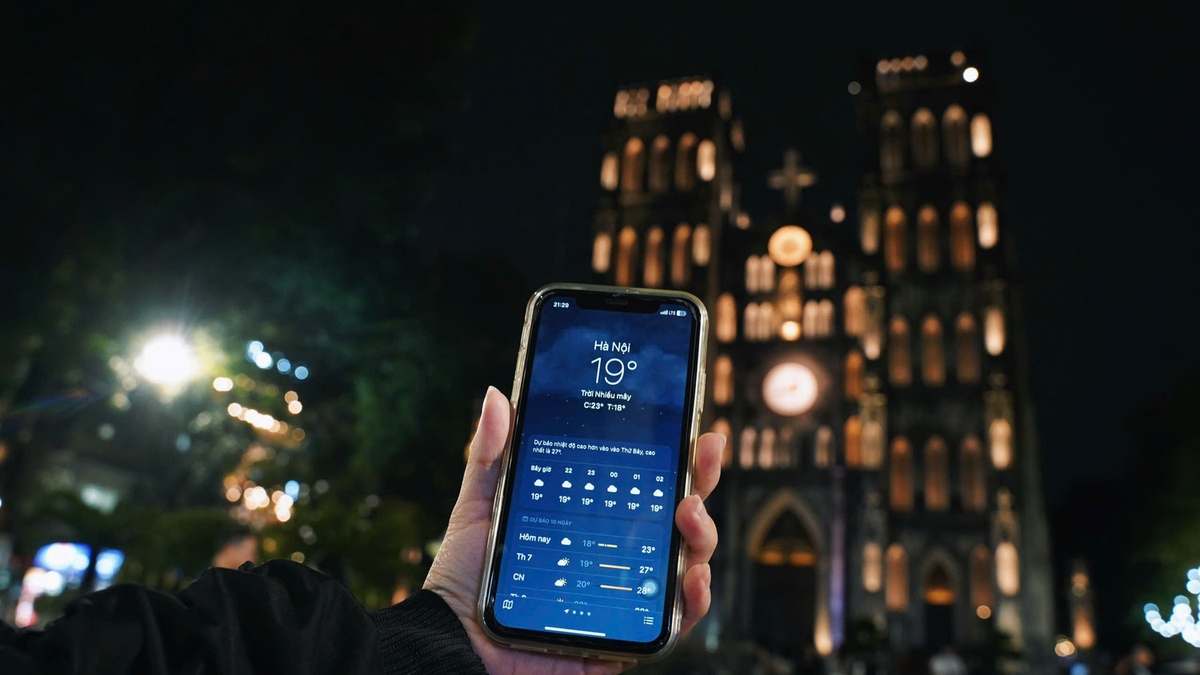There are currently fewer than 3,000 satellites orbiting the Earth, many of which are easily visible to the naked eye at night. These satellites are operated by governments, private companies, and scientific institutions for a variety of purposes.
When you use apps like Google Earth or Google Maps, the detailed images you see are a composite of thousands of images taken by satellites. Some radio services like Sirius XM also rely on satellite systems.

Illustration photo.
In addition, governments and militaries also use satellites to collect images of the Earth's surface for intelligence purposes or to monitor large-scale meteorological phenomena such as hurricanes. In particular, some satellites are designed as space telescopes, typically the Hubble Space Telescope, capable of capturing stunning images of stars and galaxies in space because they operate at altitudes beyond the atmosphere.
When you see a “bright star” moving steadily across the night sky, it is most likely a satellite reflecting sunlight. These satellites move quickly because they are in low orbit and circle the Earth every few hours. So if you watch long enough, you may see the same satellite moving back across the sky in a few hours.
While these objects are not dangerous, many astronomers worry that launching too many satellites – like Elon Musk's planned Starlink satellite constellation – could hamper observations of the night sky, blocking out the light from distant stars and galaxies.
In addition to satellites, there are a number of other phenomena that can also cause confusion when you see a bright object moving in the sky, including:
Civil Aircraft: When all lights are on, the aircraft can be so bright that it can be mistaken for Venus.
Meteorological balloon: Floats with the brightness of a star.
International Space Station (ISS): Orbits near the horizon, very bright and fast.
Shooting star: Flashes of light and then disappears – actually a meteor.
Military aircraft: Some military-operated aircraft have signal lights that can be misleading to observers.
The night sky still holds many wonders waiting to be discovered – and those moving lights, rather than being something mysterious or worrying, are actually products of human intelligence, performing tasks in the vastness of space. How often do you look up at the night sky?
Source: https://doanhnghiepvn.vn/cong-nghe/bi-an-nhung-dom-sang-di-chuyen-tren-troi-sao-bang-hay-san-pham-cua-con-nguoi/20250511081052744



![[Photo] Prime Minister Pham Minh Chinh and United Nations Secretary-General Antonio Guterres attend the Press Conference of the Hanoi Convention Signing Ceremony](https://vphoto.vietnam.vn/thumb/1200x675/vietnam/resource/IMAGE/2025/10/25/1761391413866_conguoctt-jpg.webp)
![[Photo] National Assembly Chairman Tran Thanh Man receives United Nations Secretary-General Antonio Guterres](https://vphoto.vietnam.vn/thumb/1200x675/vietnam/resource/IMAGE/2025/10/25/1761390815792_ctqh-jpg.webp)
![[Photo] Prime Minister Pham Minh Chinh receives United Nations Secretary-General Antonio Guterres](https://vphoto.vietnam.vn/thumb/1200x675/vietnam/resource/IMAGE/2025/10/25/1761390212729_dsc-1484-jpg.webp)























![[Photo] General Secretary To Lam meets with General Secretary and President of Laos Thongloun Sisoulith](https://vphoto.vietnam.vn/thumb/1200x675/vietnam/resource/IMAGE/2025/10/25/1761380913135_a1-bnd-4751-1374-7632-jpg.webp)















































































Comment (0)